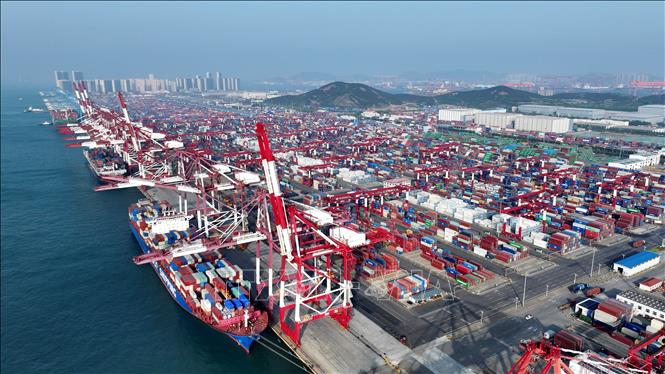
The US will reduce additional tariffs imposed on Chinese goods this year from 145% to 30%, while China will reduce them from 125% to 10%. Tariffs imposed before April 2, including those from President Donald Trump's first term, and other restrictions, such as the US ending tariff exemptions for low-value packages (known as "de minimis" rules), will remain in place.
Tariffs are reduced unevenly.
The US has agreed to adjust or remove three executive orders that imposed a total of 115% tariffs on imports from China. The US has agreed to reduce reciprocal tariffs from 34% to 10% within 90 days and eliminate all tariffs imposed during the subsequent escalation of tit-for-tat between the two countries.
China has also made a corresponding de-escalation move, removing all but the 10% tariff imposed since April 2. Thus, the current tariff rate that China applies to US goods is 10%.
However, this means China still faces a 30% tariff when counting tariffs imposed before April 2, including two rounds of tariffs imposed in February and March.
Chinese products, from electric vehicles to steel and aluminum, will still be subject to separate tariffs imposed over the past few years.
Suspension of some non-tariff barriers
China also pledged to eliminate non-tariff countermeasures imposed on the US from April 2, although it remains unclear how this will be implemented.
As part of retaliatory measures in April, China added rare earths to its list of controlled exports, launched an anti-dumping investigation into the Chinese operations of chemical company DuPont and blacklisted several US defense and technology companies.
The wording of the agreement suggests that these companies will be removed from the list of entities banned from trading and investing with China, and the aforementioned anti-dumping investigation will be shelved.
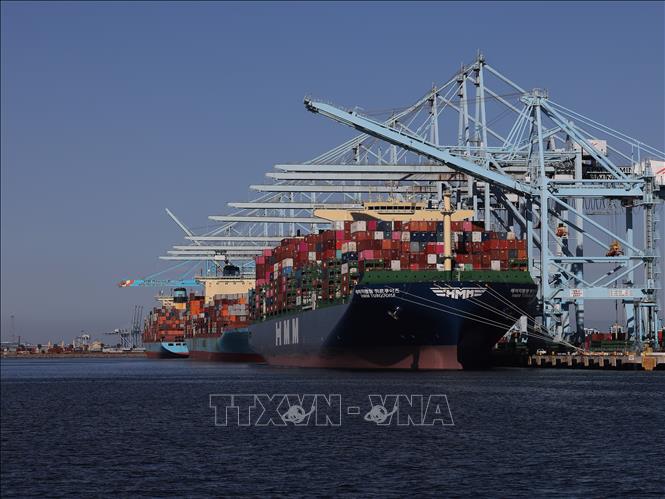
The statement said only that countermeasures imposed after April 2 would be eliminated, so it would not include dozens of companies blacklisted in March and the anti-dumping investigation into tech giant Google announced in February.
DuPont has not yet commented on this matter.
Many questions remain about rare earths
In the case of rare earths, since China's decision to add the item to its list of controlled exports applies to all countries, it is unclear whether it counts as a specific response to the US under the deal.
The initial notice from China's Ministry of Commerce required all exporters to apply for a license before exporting seven types of rare earths. The notice did not mention the United States.
China's Ministry of Commerce has not yet responded to questions about the rare earth restrictions.
Public reaction
Although only a temporary solution, the outcome of the talks is an important turning point after months of tension in US-China trade relations. The tit-for-tat tariff responses have sparked trade tensions between the world's two leading economies in recent years, causing disruptions in global markets and supply chains.
Eric Kuby, chief investment officer of Chicago-based financial advisory firm North Star Investment Management, said the move was a step in the right direction, showing that both sides were interested in reaching a constructive conclusion and developing a good trade relationship. He said the move was more cooperative than combative, and the market should see it as a positive sign.
Meanwhile, Andrew Mattock, portfolio manager at London-based financial brokerage Matthews Asia, said any progress from the initial talks was welcome, as it would free up China’s resources to focus on domestic economic issues.
For his part, expert Nathan Sheets of the banking-financial group Citigroup (USA) commented that the negotiations leading to the agreement showed that high tariffs are not beneficial for both the US and China.
Jake Werner, director of the East Asia Program at the Quincy Institute for National Responsibility, said that the talks to begin de-escalating the growing US-China trade war were much needed and that it was a positive sign that both sides were able to overcome their differences in views and bring hope for a stable and sustainable future for the world economy.
Source: https://doanhnghiepvn.vn/quoc-te/cac-diem-nhan-cua-thoa-thuan-thuong-mai-my-trung-quoc/20250512114009855


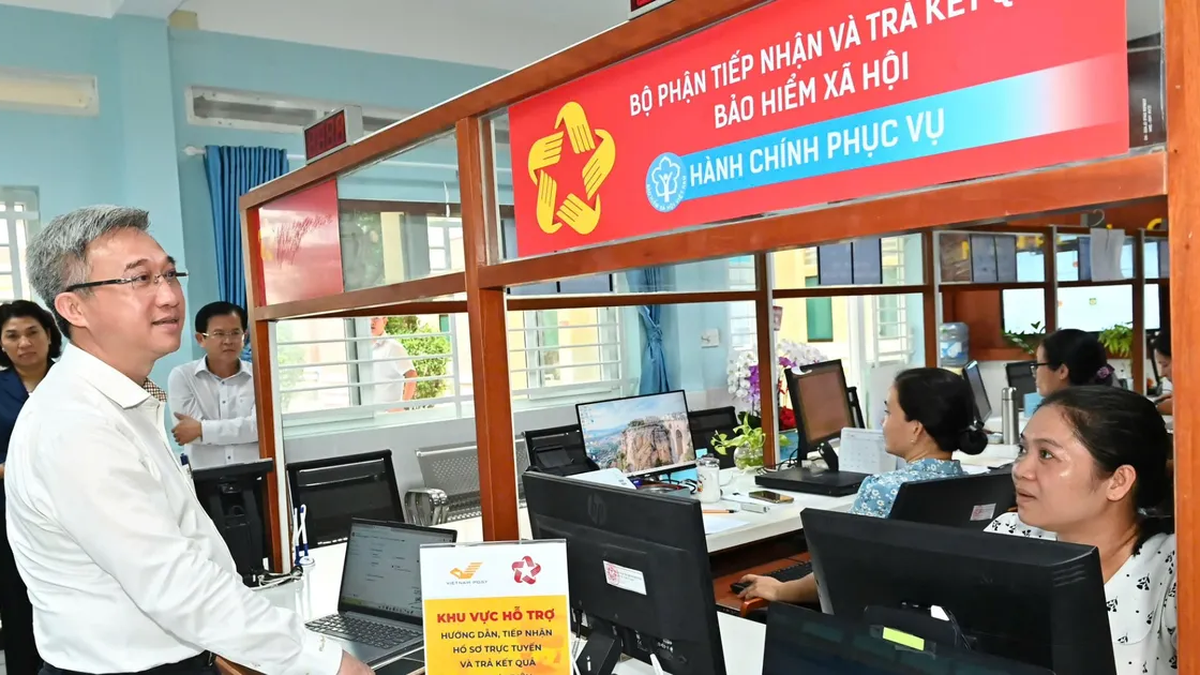
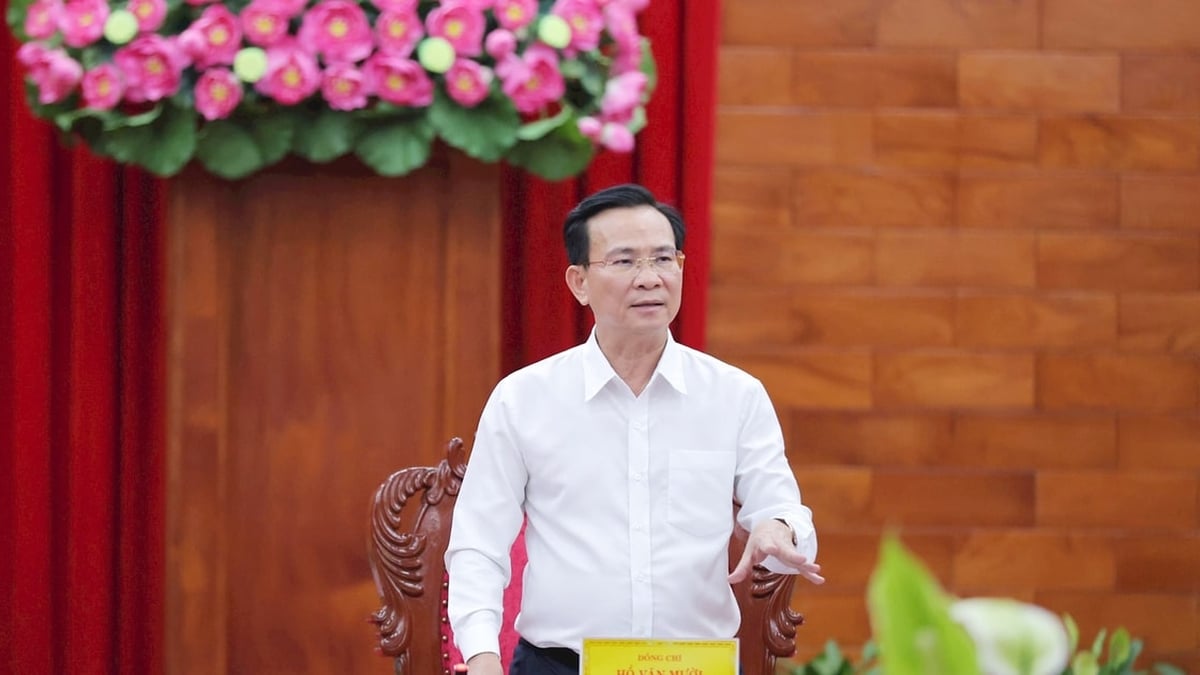
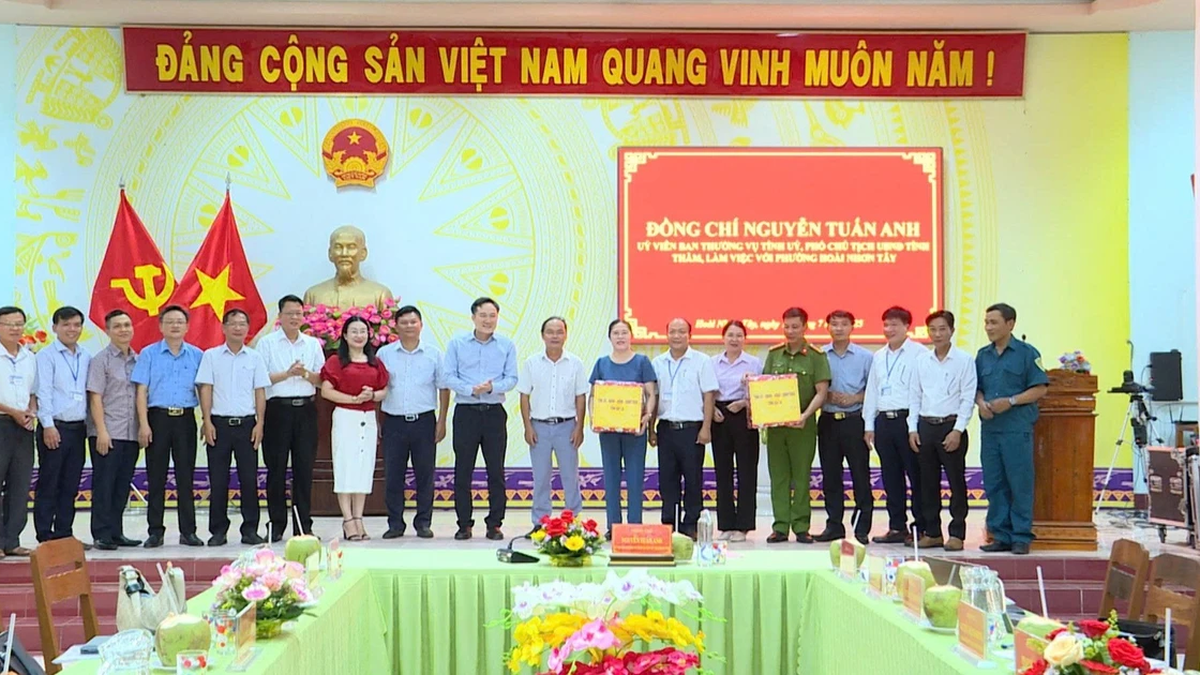
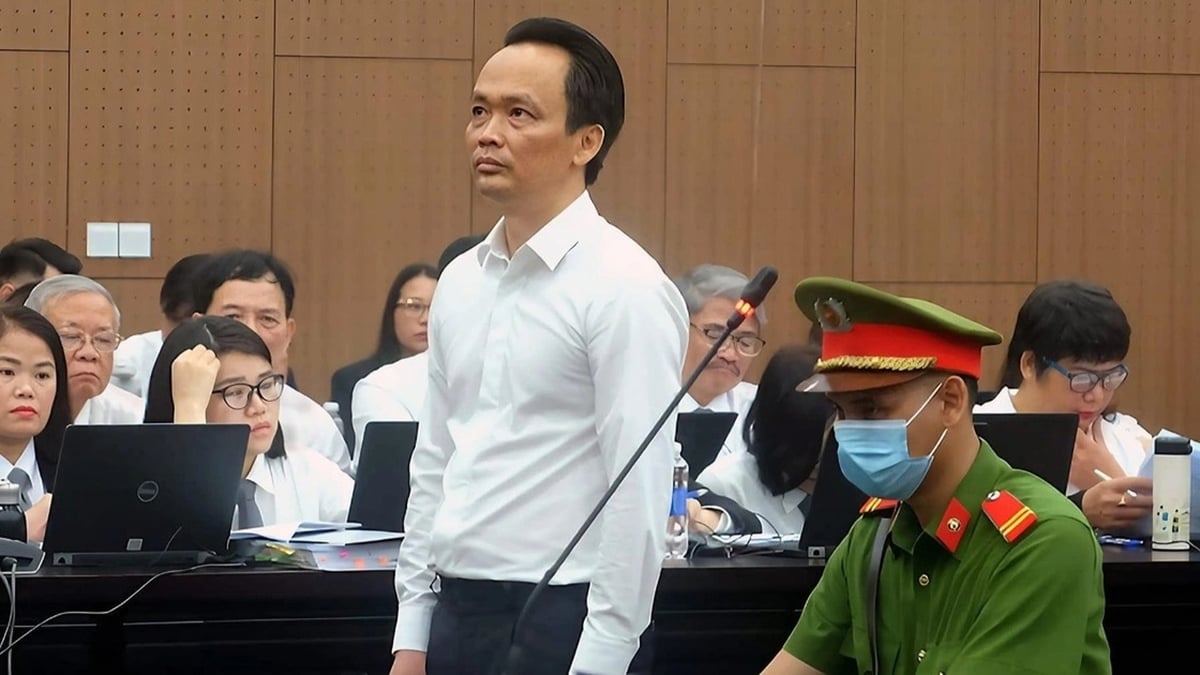


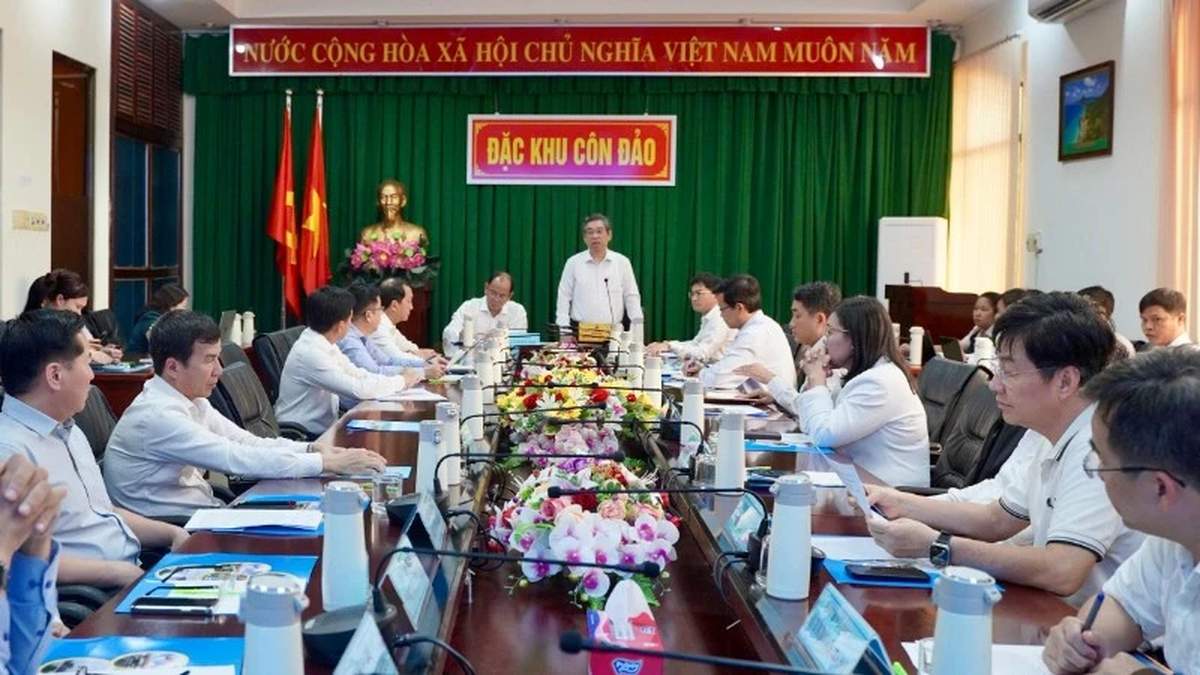


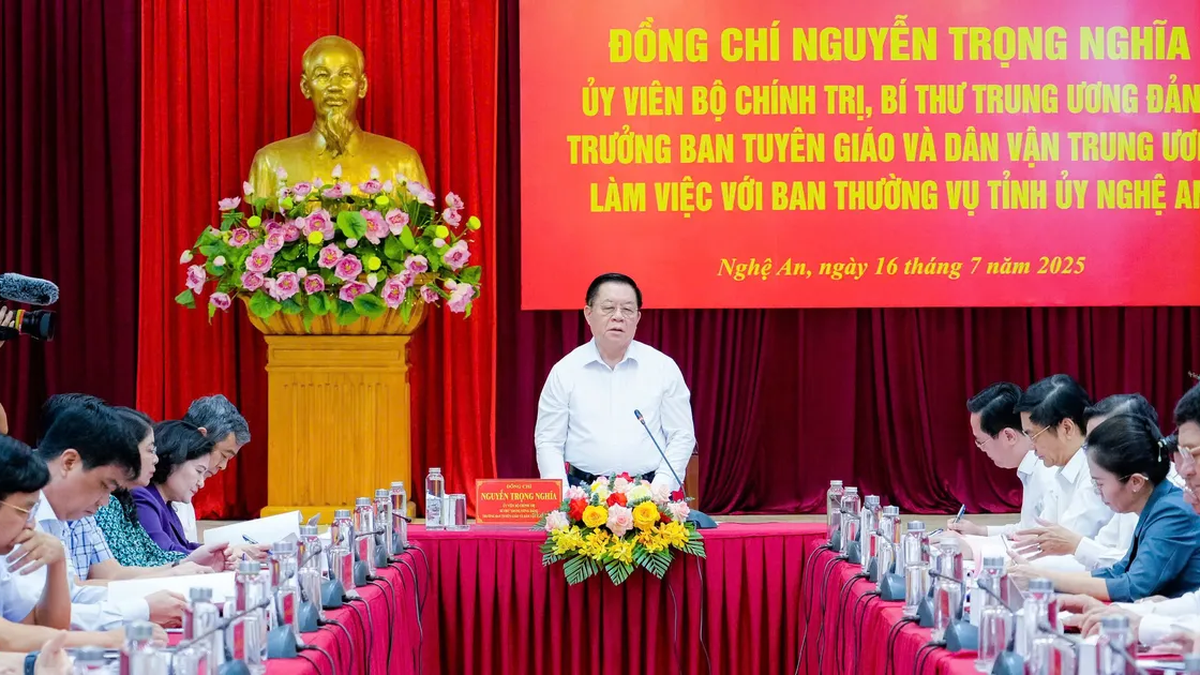








































![[Maritime News] More than 80% of global container shipping capacity is in the hands of MSC and major shipping alliances](https://vphoto.vietnam.vn/thumb/402x226/vietnam/resource/IMAGE/2025/7/16/6b4d586c984b4cbf8c5680352b9eaeb0)













































Comment (0)